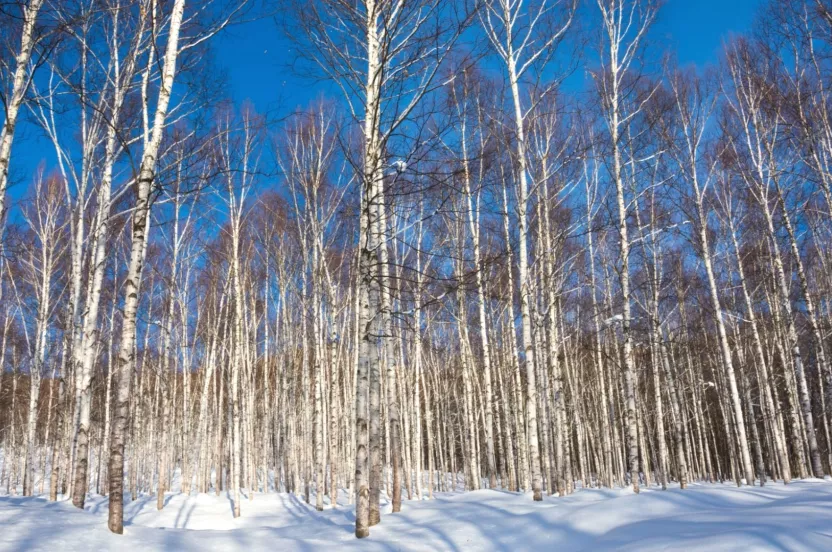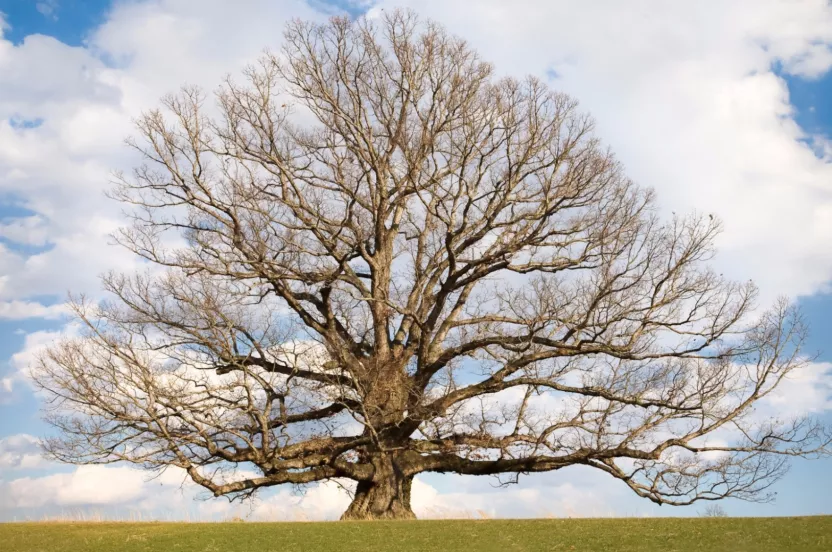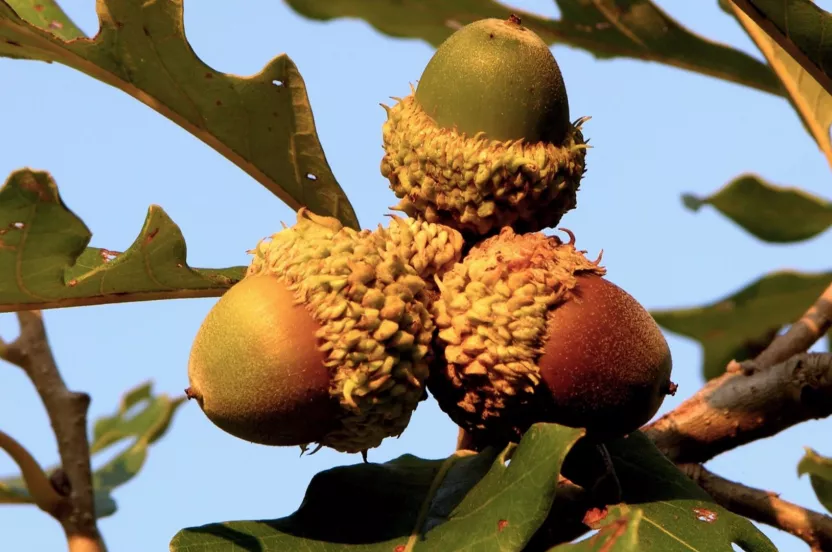The Arbor Day Foundation is pledging 10 million trees to areas impacted by hurricanes Helene, Milton Help us replant
Thuja occidentalis
Did you know the American Arborvitae was the first North American tree introduced to Europe? In fact, that’s how it earned its scientific name. Occidentalis means “west,” the direction from Sweden where the tree was discovered. Once colonists took the tree back with them to Europe, it quickly grew as a popular species in landscapes and gardens.
But the beauty of this evergreen wasn’t the only trait colonists introduced to Europe, they also introduced natural remedies derived from the arborvitae that they learned from the Natives. The needles on the arborvitae was a cure for scurvy and full of vitamin C. Natives called the tree oo-soo-ha-tah, which meant “feather leaf” because of the flat, feather like leaves the arborvitae had.
The common name, arborvitae is the Latin form of the French phrase “l’arbre de vie,” which translates to “the tree of life.” Indeed, this tree has many uses. The wood was popular in making canoes because of its light weight and durability. As mentioned, the leaves have medicinal value, deer and rabbits depend on the leaves for food and cover, and the tree itself is attractive and hardy.
Read How to Care for Arborvitae, the tree of life
In the wild, arborvitae trees (also commonly called northern white cedars or eastern white cedars) can grow up to 60 feet tall. Some say this tree is an invasive species, but it’s still popular in home landscapes and urban settings. Arborvitae trees are commonly used as windbreaks because of their dense foliage and narrow forms that can easily be trimmed down. Most urban arborvitae trees reach 20-30 feet. They are fast growing (growing up to three feet a year) and thrive in a wide range of conditions (hardiness zones 3-7).
Whether you’re admiring it in your own landscape or out in the wild, the beauty of the American arborvitae is hard to ignore.





